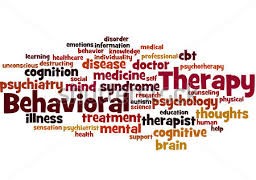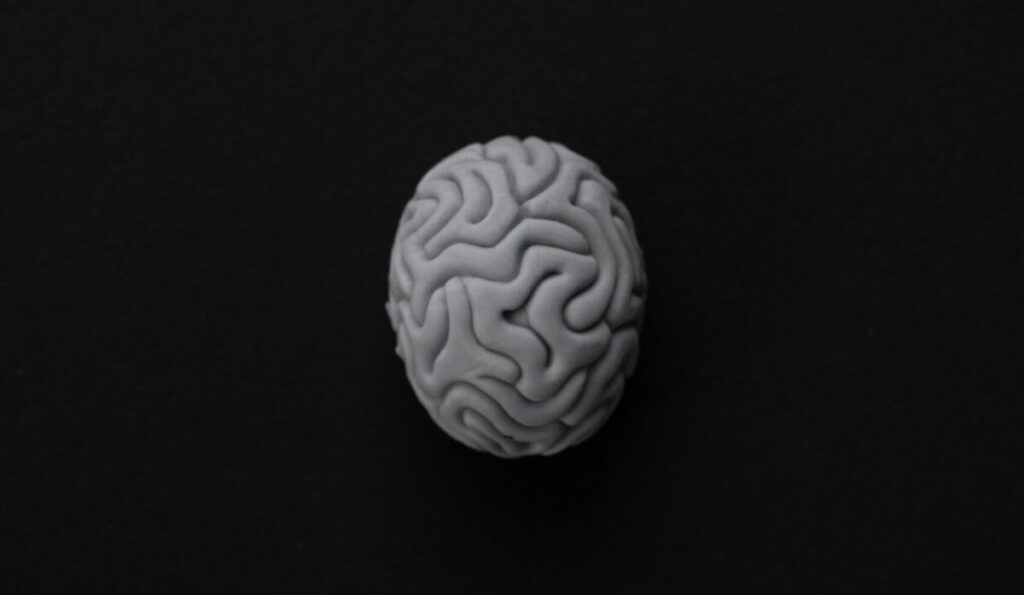
Behavioral therapy is an umbrella term for types of therapy that treat mental health disorders. This form of therapy seeks to identify and help change potentially self-destructive or unhealthy behaviors. It functions on the idea that all behaviors are learned and that unhealthy behaviors can be changed. The focus of treatment is often on current problems and how to change them.
Who benefits. People who suffer from a wide variety of problems can be treated successfully using behavioral therapy:
- depression
- anxiety
- panic disorders
- anger issues
It can also help treat conditions and disorders such as:
- eating disorders
- post-traumatic stress disorder (PTSD)
- bipolar disorder
- ADHD
- phobias, including social phobias
- obsessive compulsive disorder (OCD)
- self-harm
- substance abuse
Types of behavioral therapy
There are a number of different types of behavioral therapy:
Cognitive behavioral therapy
Cognitive behavioral therapy is extremely popular. It combines behavioral therapy with cognitive therapy. Treatment is centered around how someone’s thoughts and beliefs influence their actions and moods. It often focuses on a person’s current problems and how to solve them. The long-term goal is to change a person’s thinking and behavioral patterns to healthier ones.
Cognitive behavioral play therapy
Cognitive behavioral play therapy is commonly used with children. By watching children play, therapists are able to gain insight into what a child is uncomfortable expressing or unable to express. Children may be able to choose their own toys and play freely. They might be asked to draw a picture or use toys to create scenes in a sandbox. Therapists may teach parents how to use play to improve communication with their children.
System desensitization
System desensitization relies heavily on classical conditioning. It’s often used to treat phobias. People are taught to replace a fear response to a phobia with relaxation responses. A person is first taught relaxation and breathing techniques. Once mastered, the therapist will slowly expose them to their fear in heightened doses while they practice these techniques.
Aversion therapy
Aversion therapy is often used to treat problems such as substance abuse and alcoholism. It works by teaching people to associate a stimulus that’s desirable but unhealthy with an extremely unpleasant stimulus. The unpleasant stimulus may be something that causes discomfort.


